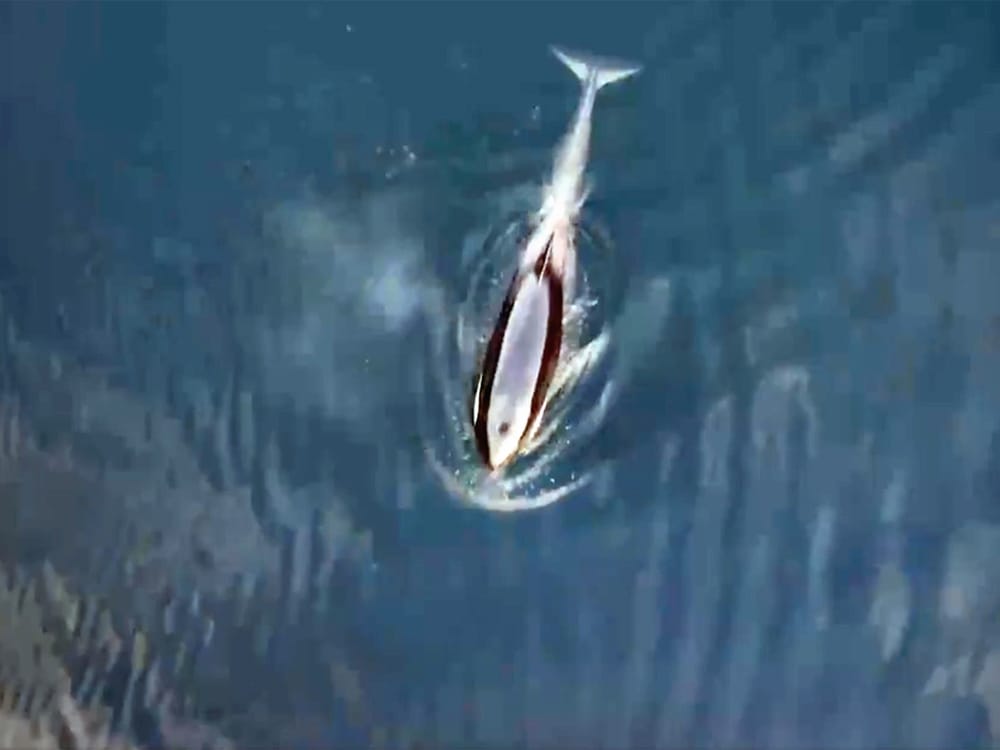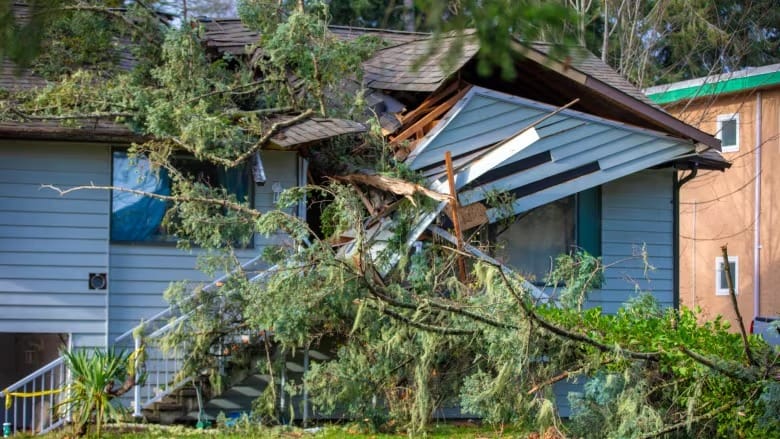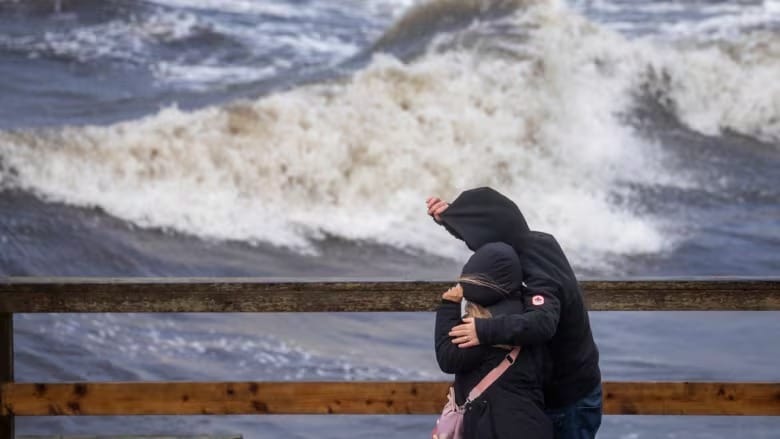Whale Rescue Is Expensive
On April 26, 2024, a breakthrough occurred as kʷiisaḥiʔis managed to swim out of the lagoon on her own during high tide. This development brought relief, but the situation has since evolved into a new issue: how to handle the costs of the rescue.

For over a month, a global audience watched with bated breath as rescuers worked tirelessly to save a young killer whale trapped in a tidal lagoon off northwestern Vancouver Island.
The two-year-old female, named kʷiisaḥiʔis (Brave Little Hunter), faced a dire situation. Her mother had previously beached and died in the same lagoon on March 23, a significant blow to the region’s endangered population of around 380 mammal-eating transient killer whales.
A major joint effort to rescue kʷiisaḥiʔis was spearheaded by Fisheries and Oceans Canada (DFO) and the Ehattesaht First Nation. The operation involved about two dozen DFO employees, including senior managers and key killer whale experts, who traveled to the nearby village of Zeballos, B.C. The First Nation provided crucial support, including manpower, the use of their office, a drone, two vessels, as well as fuel, food, and other logistical assistance.
Rescuers employed various methods to entice kʷiisaḥiʔis out of the lagoon, such as playing recordings of other transient killer whales and banging metal oikomi pipes from boats to direct her towards the lagoon’s exit. Despite these efforts, the whale remained trapped. The team even considered capturing her in a sling and transporting her by helicopter to the open Pacific Ocean, while feeding her emergency rations of harbor seal meat to maintain her strength.
On April 26, 2024, a breakthrough occurred as kʷiisaḥiʔis managed to swim out of the lagoon on her own during high tide. This development brought relief, but the situation has since evolved into a new issue: how to handle the costs of the rescue.
Federal documents obtained by Hakai Magazine through an access to information request reveal ongoing disputes over funding. While the Ehattesaht First Nation, a small community of about 500 members, had been overwhelmed by global offers of assistance, their GoFundMe campaign raised only about $44,000 of the $500,000 they sought.
DFO documents indicate that the agency had previously informed volunteers, including First Nations, that they would not be reimbursed. However, the Ehattesaht are now requesting $250,000 in reimbursement from the British Columbia and Canadian governments for their contributions to the rescue. DFO claims that the Ehattesaht's request exceeds their actual expenditures. The department has declined to provide further details on the funding dispute, and Ehattesaht Chief Simon John has not responded to interview requests.
DFO also incurred significant costs during the rescue, with expenses totaling over $260,000 as of April 21 — five days before kʷiisaḥiʔis’s escape. This amount represents a substantial portion of the Canadian government’s $1 million annual budget for rescuing distressed marine mammals and sea turtles. According to the documents, the Marine Mammal Response Program may need additional funding later in the year to sustain its regular operations.
The documents also reveal that DFO's decision to continue the rescue effort was influenced by "high public scrutiny," a common factor in wildlife rescue operations, according to Jim Harvey, professor emeritus and former director of Moss Landing Marine Laboratories at San José State University. Harvey notes that public and media pressure often compel rescue authorities to act, although from a conservation or scientific perspective, such actions may not always be the most justifiable.
Harvey compares this situation to a similar rescue effort in 1988 when he helped the U.S. National Oceanic and Atmospheric Administration attempt to save three grey whales trapped in pack ice in Barrow, Alaska. That operation, which cost around $1 million, resulted in the death of one whale and the survival of two, despite the relatively healthy status of the Alaskan grey whale population at the time.
While Harvey did not participate in the rescue of kʷiisaḥiʔis, he acknowledges that saving an individual whale, particularly a female, might be of significant importance.
The challenge of managing public pressure while balancing resources and broader conservation efforts is a persistent issue for rescue organizations. As noted by Jim Harvey, the justification for rescuing stranded animals is stronger when human actions are clearly responsible, such as in cases involving entangled fishing gear. Conversely, it’s harder to justify rescue operations for natural events, like starvation due to climate phenomena, though climate change itself complicates the distinction between natural and human-induced causes.
The Marine Mammal Center in California, one of the world’s largest marine mammal rescue organizations, exemplifies this challenge. With a 2024 operating budget of $22.4 million, the center responds to up to 800 marine mammals each year. Although none of the animals they rescue are considered at risk of extinction, the center's work contributes to scientific understanding of health risks, such as toxic algal blooms and cancer prevalence in sea lions.
Jeff Boehm, the center’s chief external relations officer, emphasizes that nearly all rescue situations can be linked to human actions, underscoring the complex interplay between human impact and wildlife health. The center’s work also serves educational and fundraising purposes, highlighting the broader benefits of rescue operations beyond immediate animal welfare.
Jessica Farrer, research director at the Whale Museum in Friday Harbor, Washington, points out the difficulty in balancing rescue efforts with broader conservation priorities. She suggests that investing in habitat restoration and climate change mitigation might have a more significant long-term impact. However, these larger issues are complex and require substantial cooperation, whereas rescuing individual animals can provide immediate and tangible results, often serving as a powerful motivator for public engagement.
As for kʷiisaḥiʔis, the young killer whale whose dramatic rescue captivated global attention, her whereabouts remain uncertain. Efforts to track her have been ongoing, with boaters on alert for any sightings. The most promising update came on July 5, when a recreational sailor filmed a small killer whale resembling kʷiisaḥiʔis near Yuquot, B.C., about 50 kilometers south of the lagoon where her story began. This sighting offers hope that kʷiisaḥiʔis is alive and thriving in her natural habitat, but her current status remains a subject of keen interest and concern among those who followed her story.





